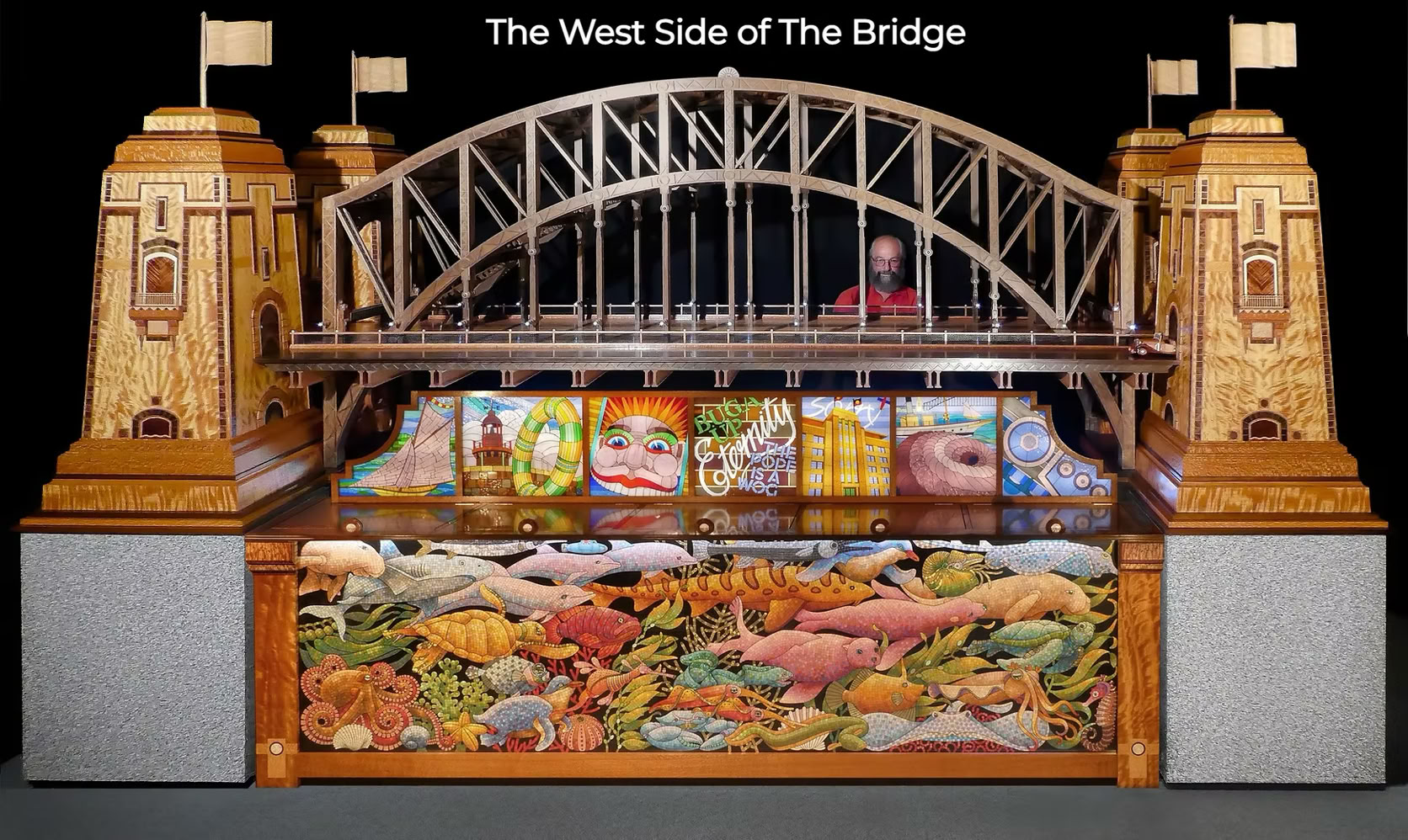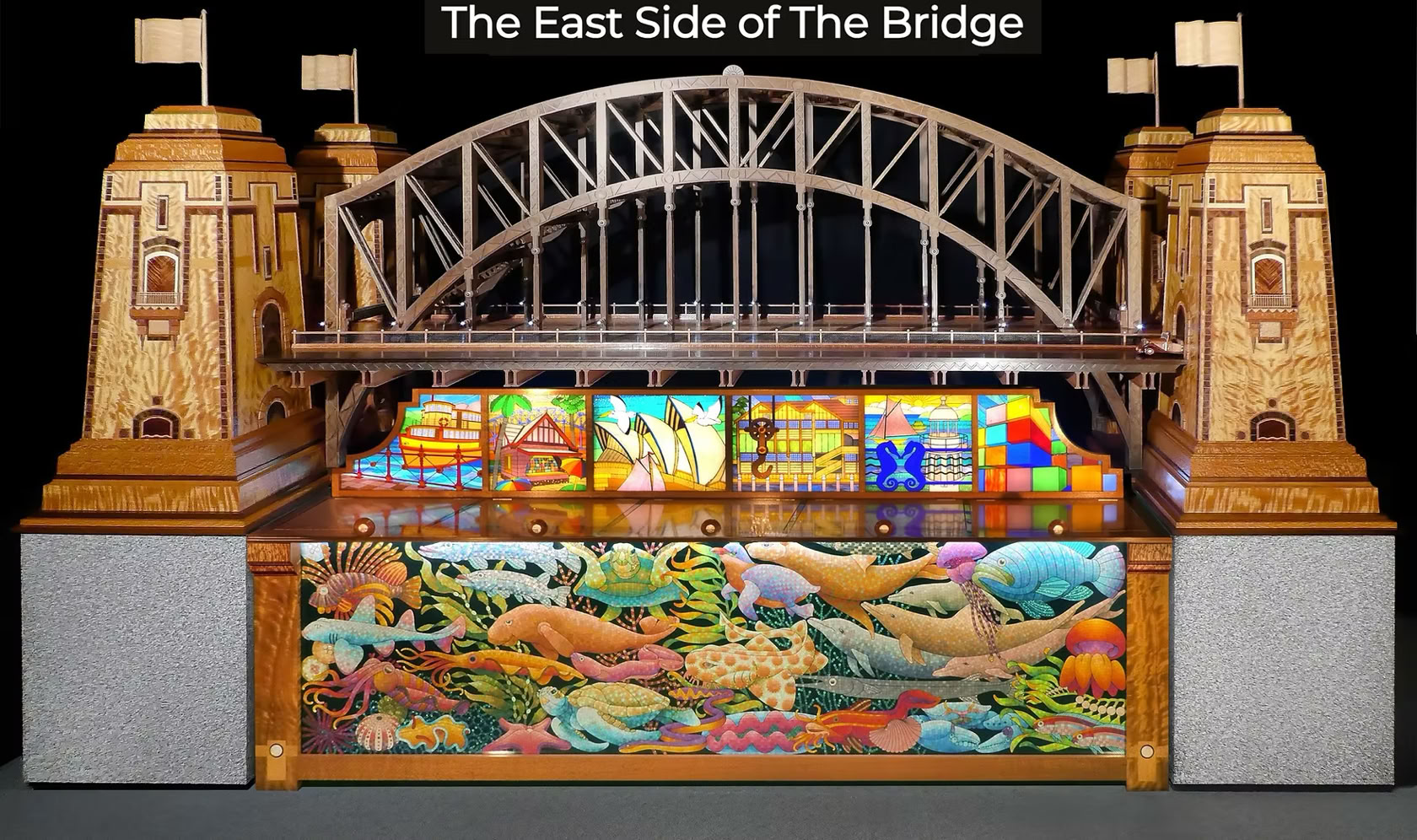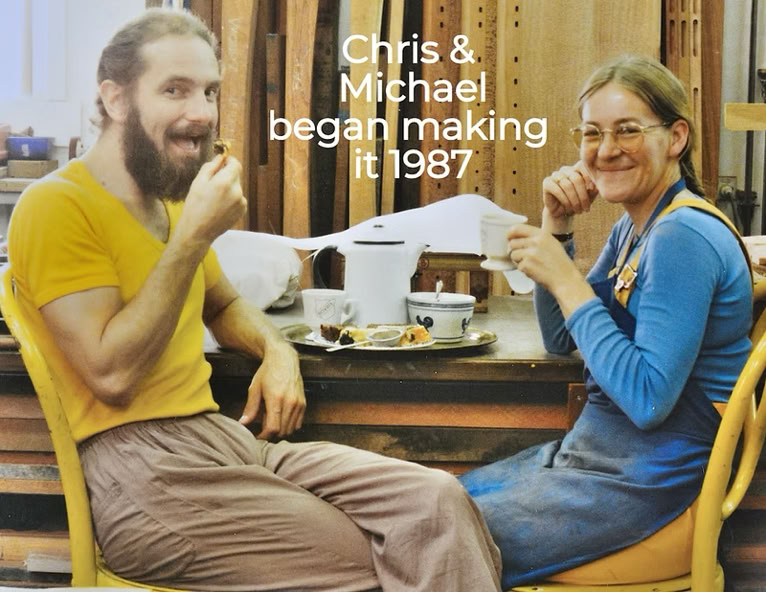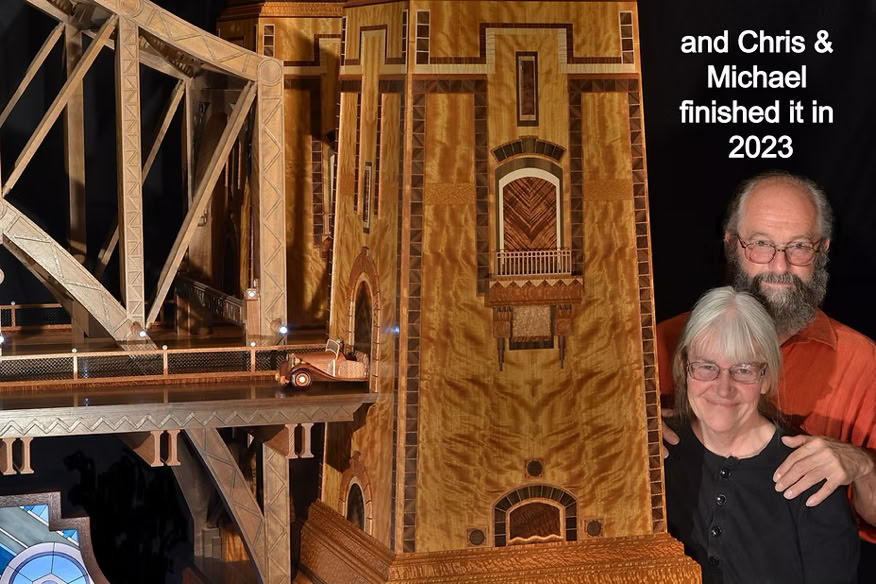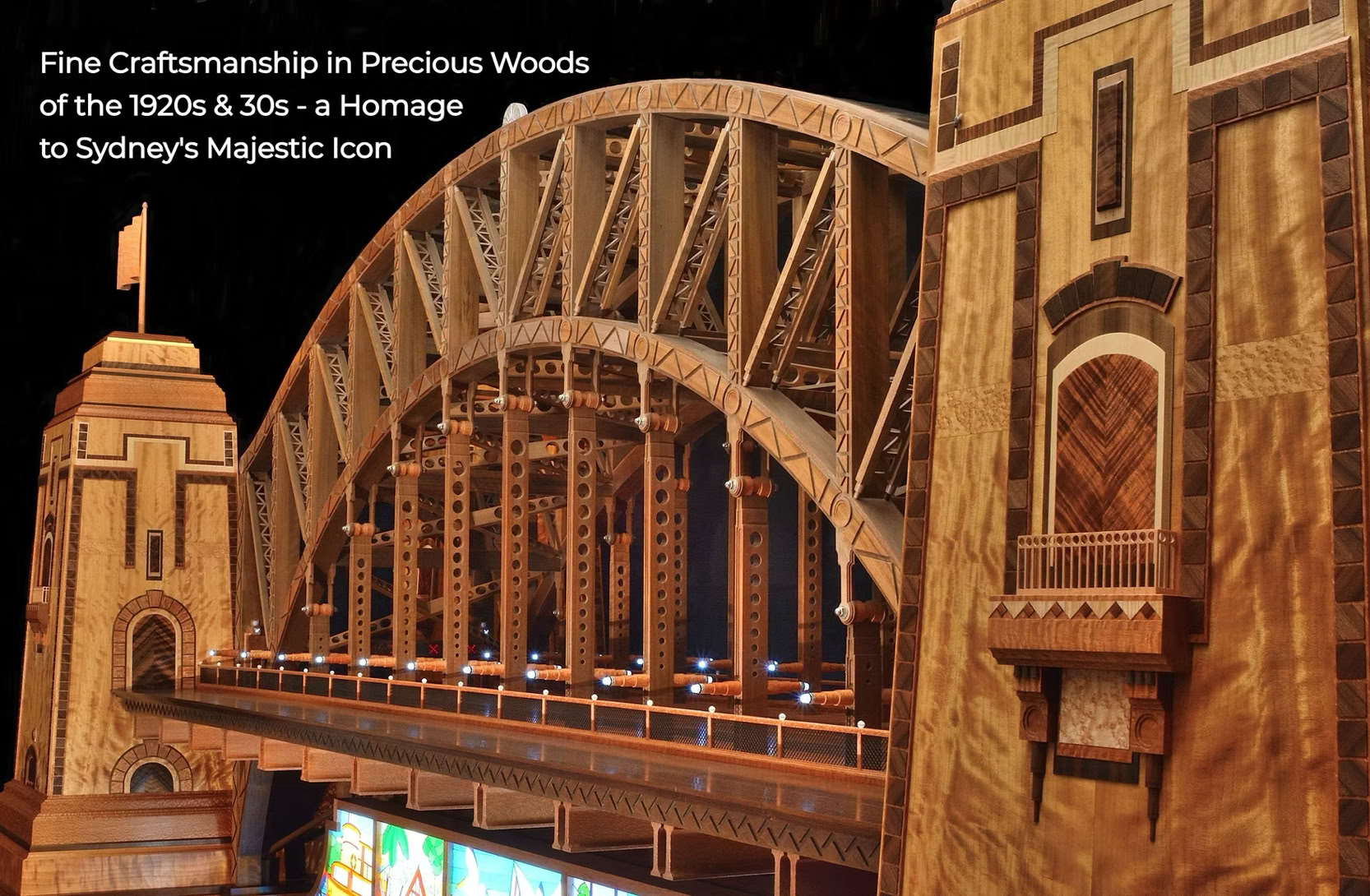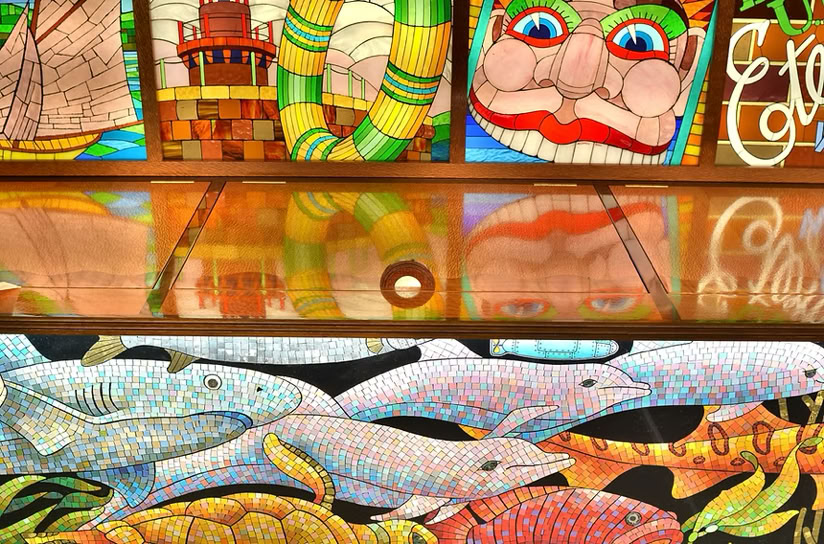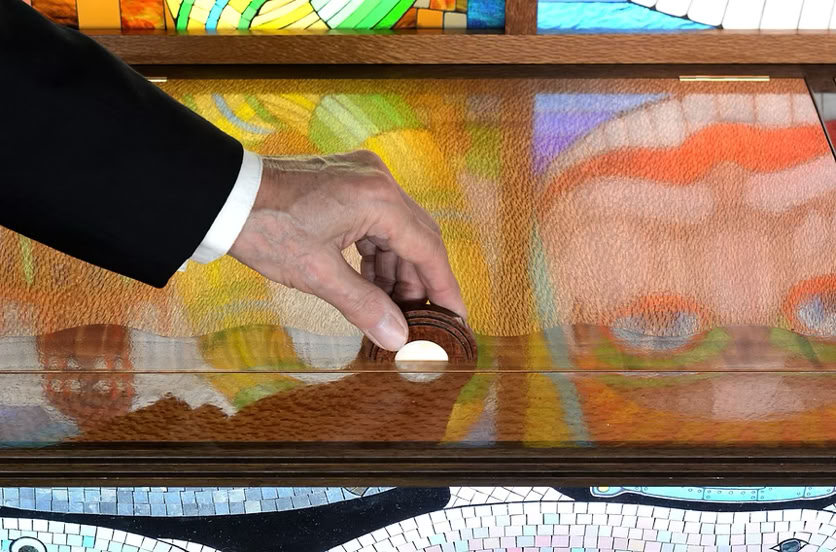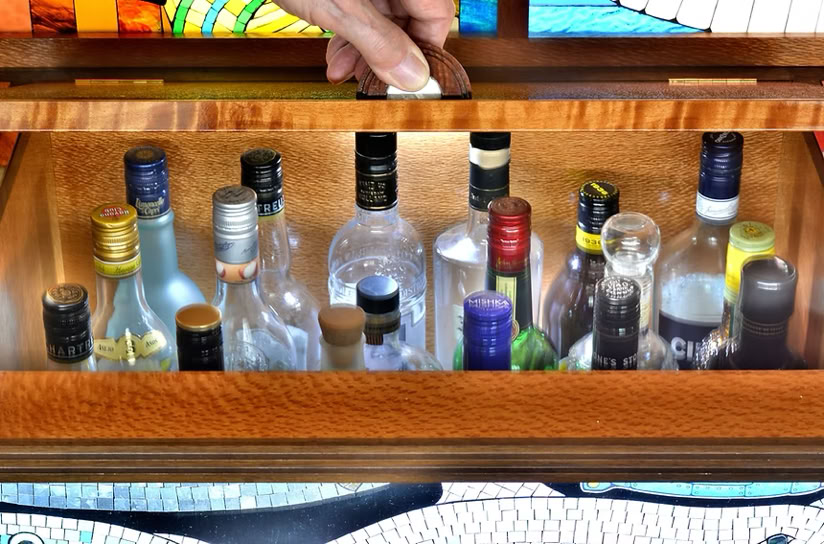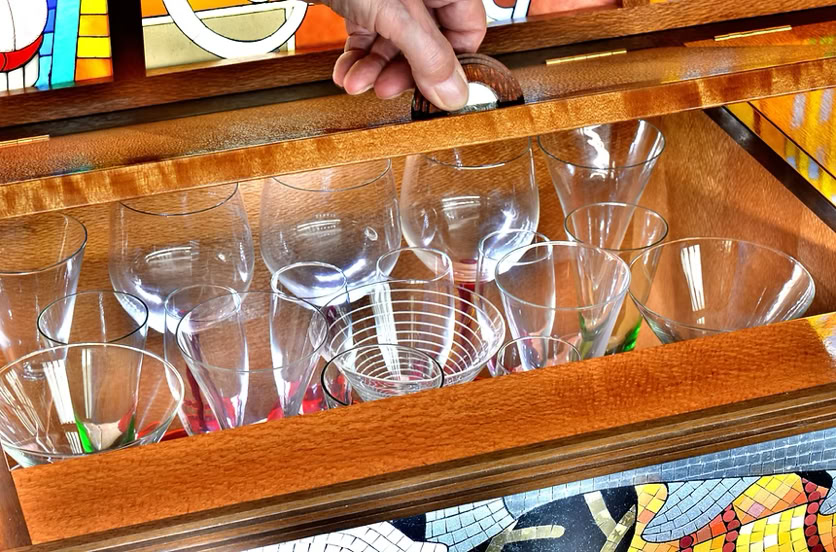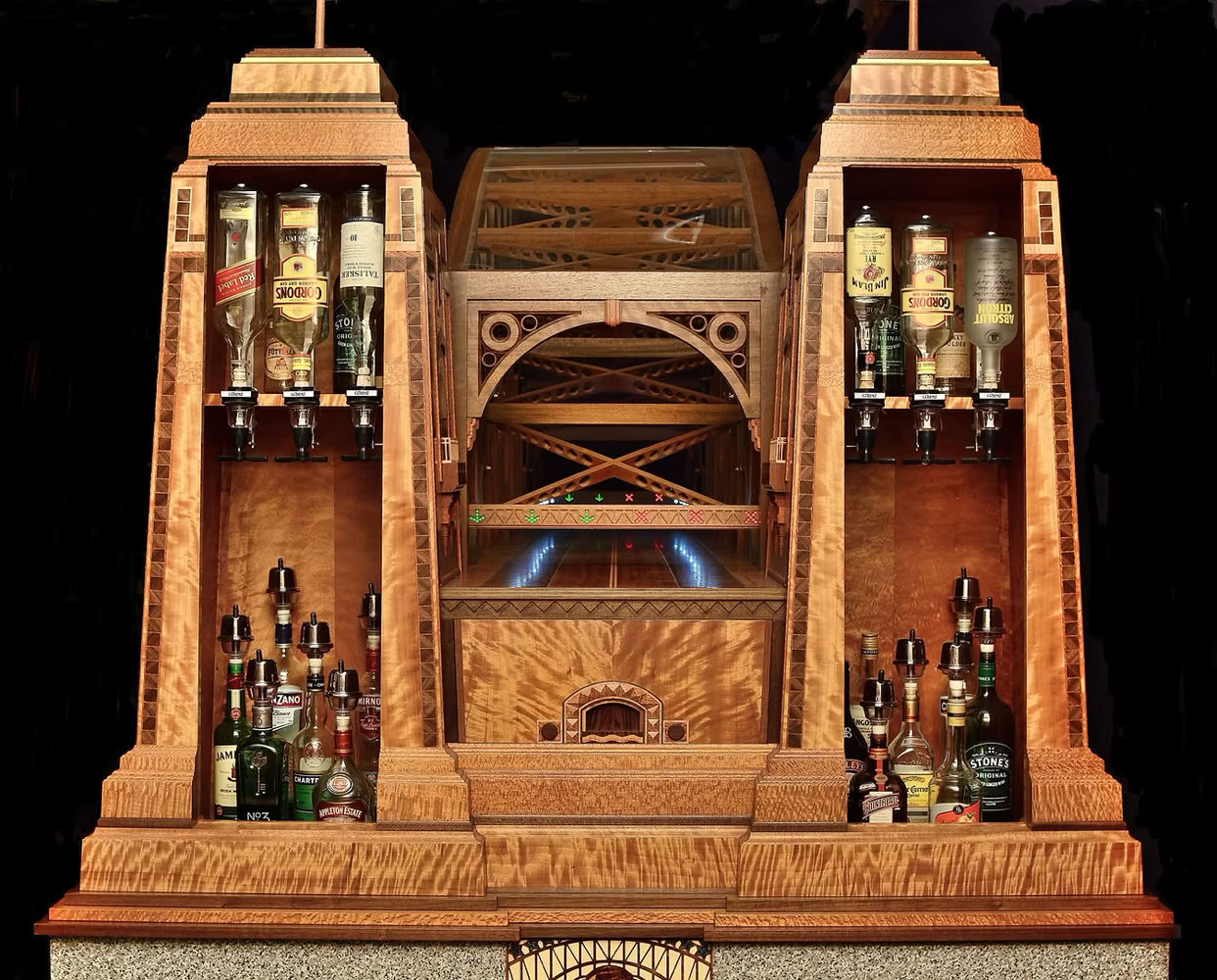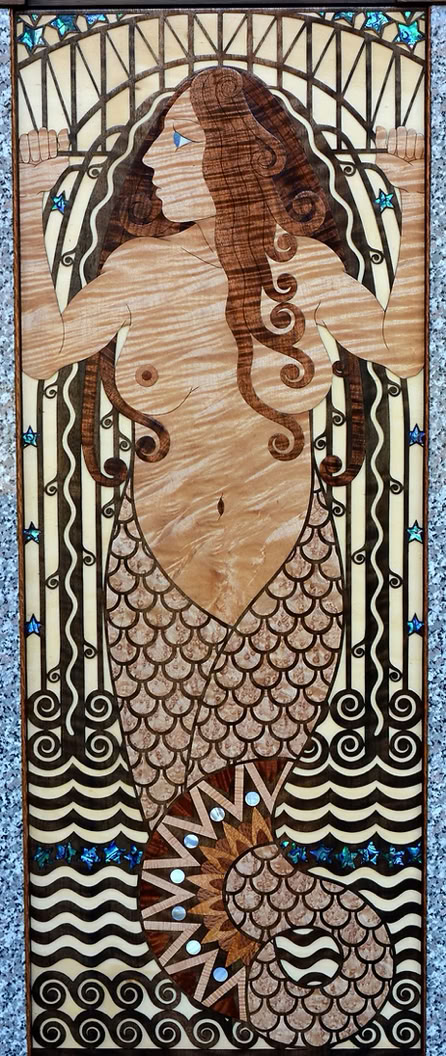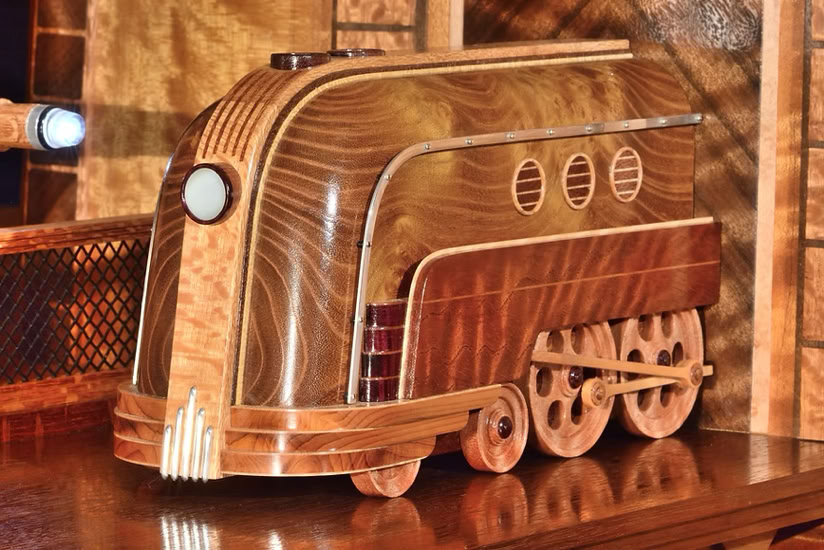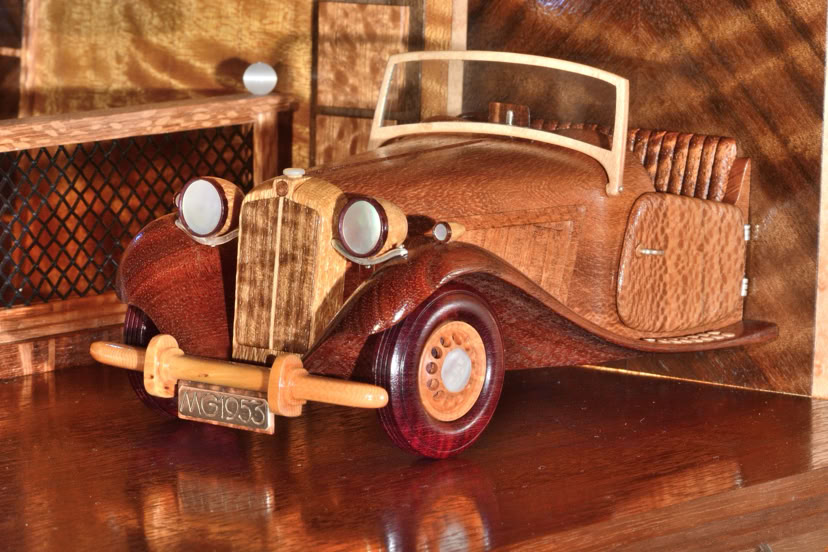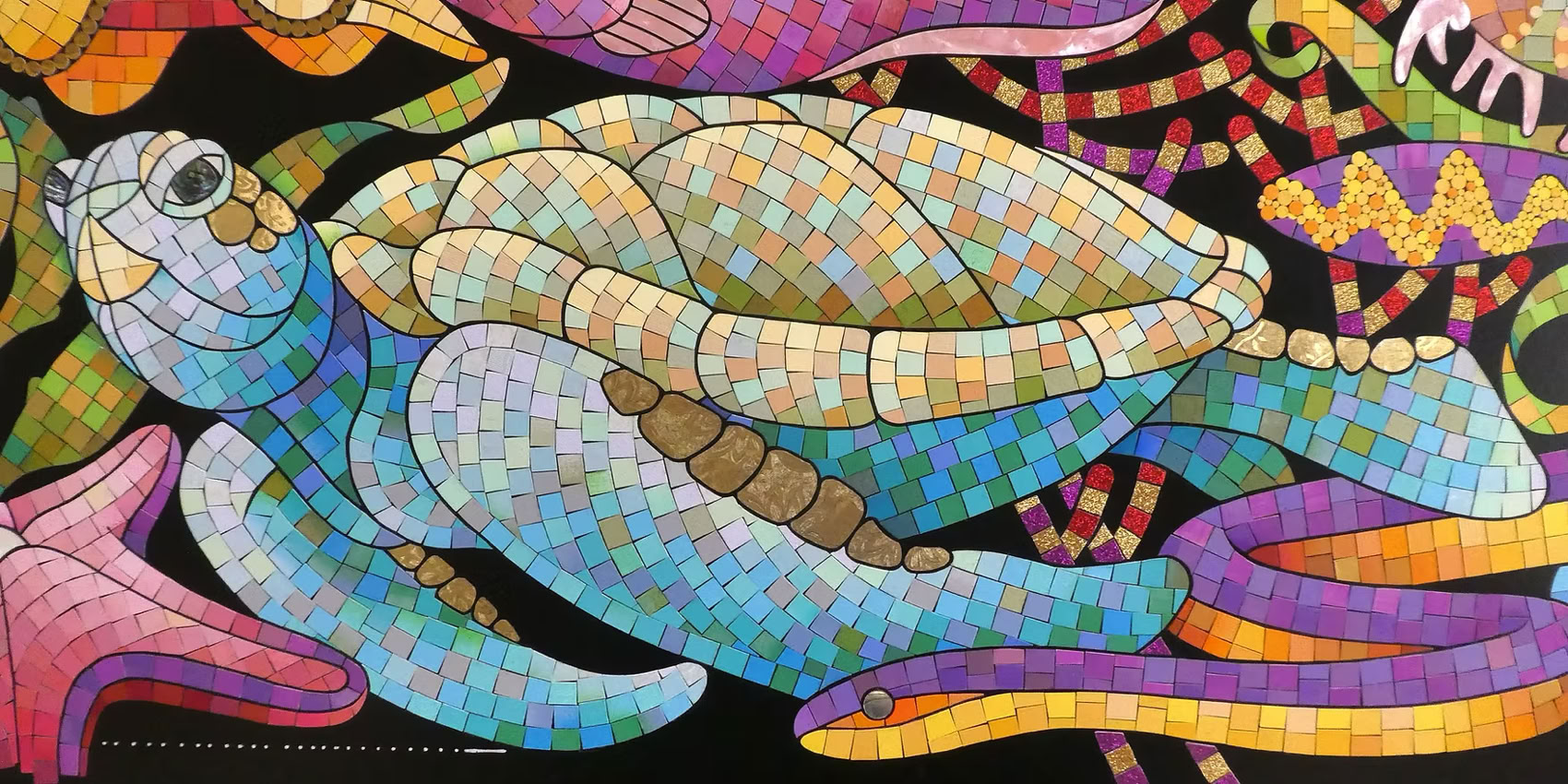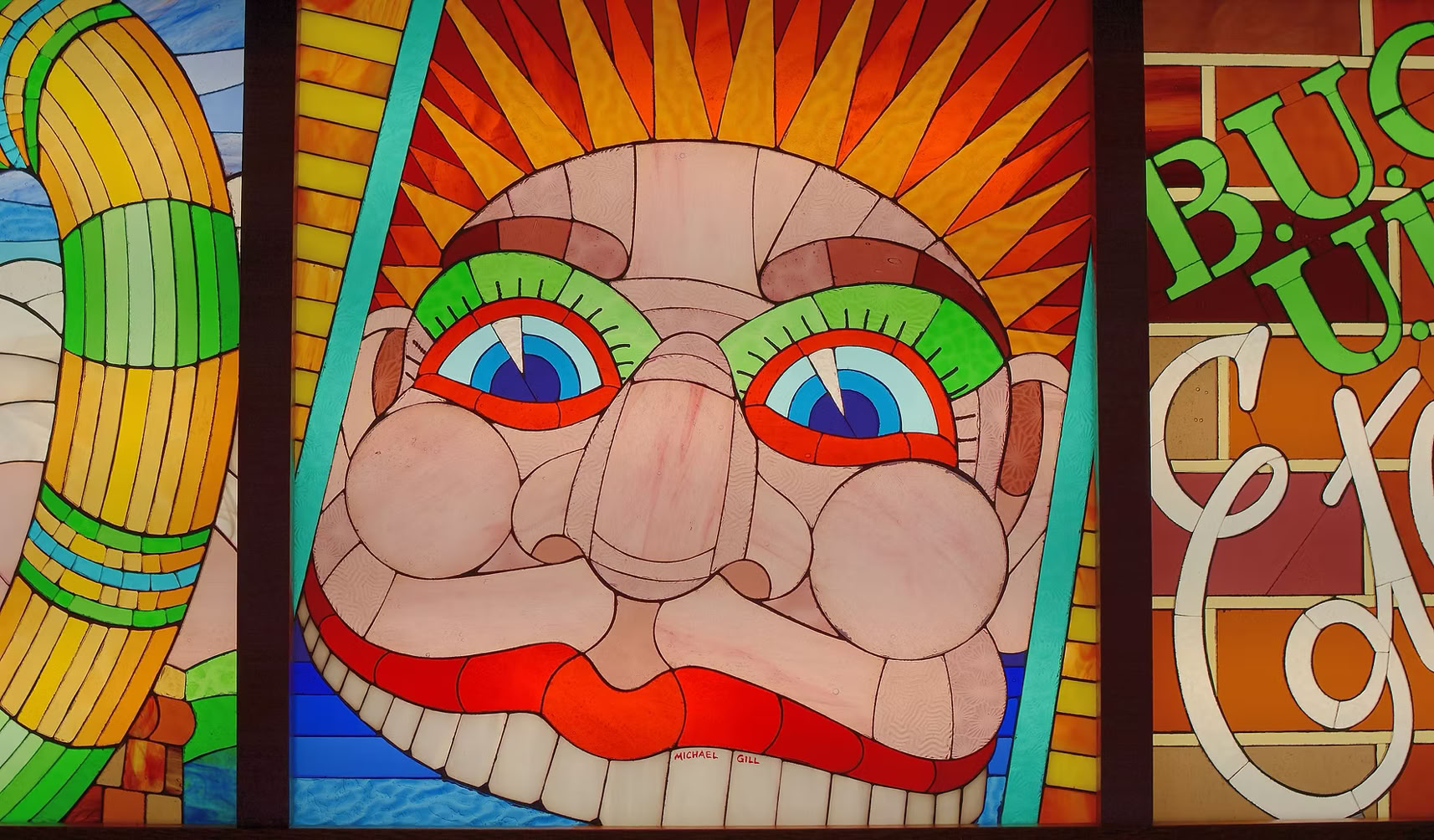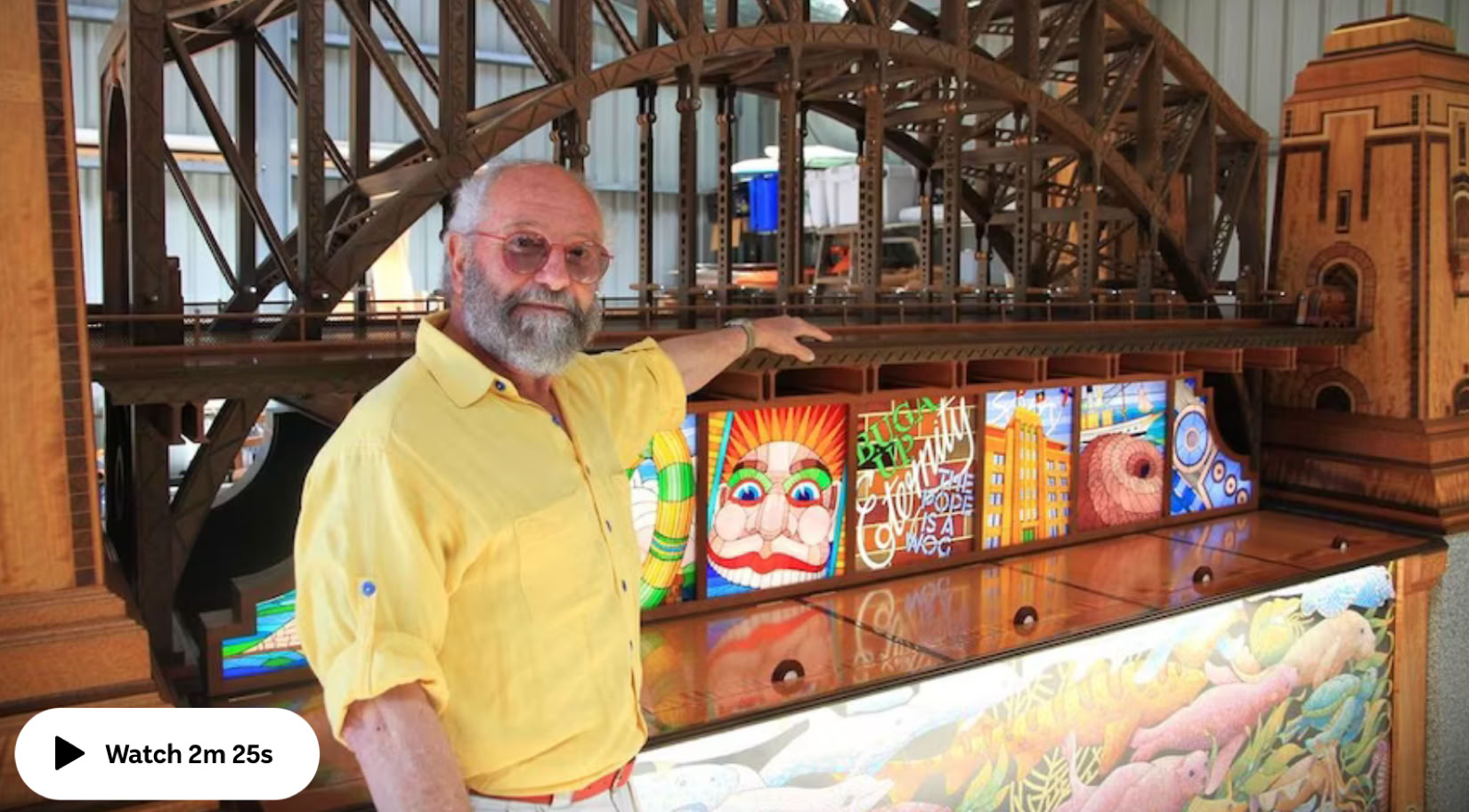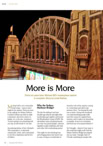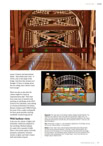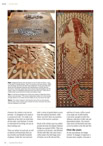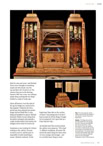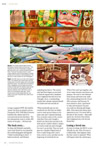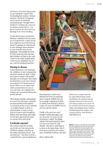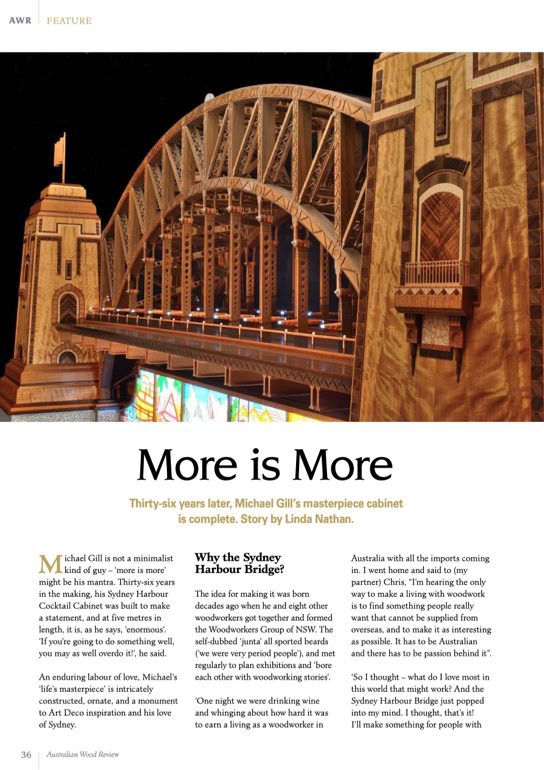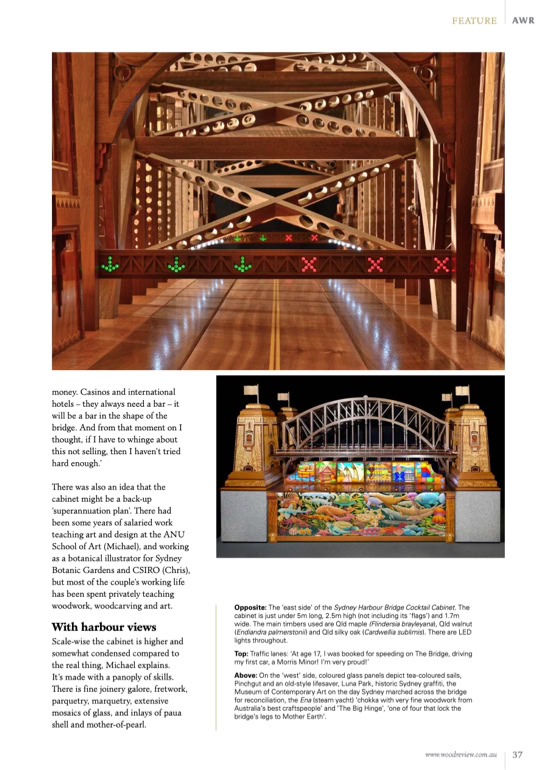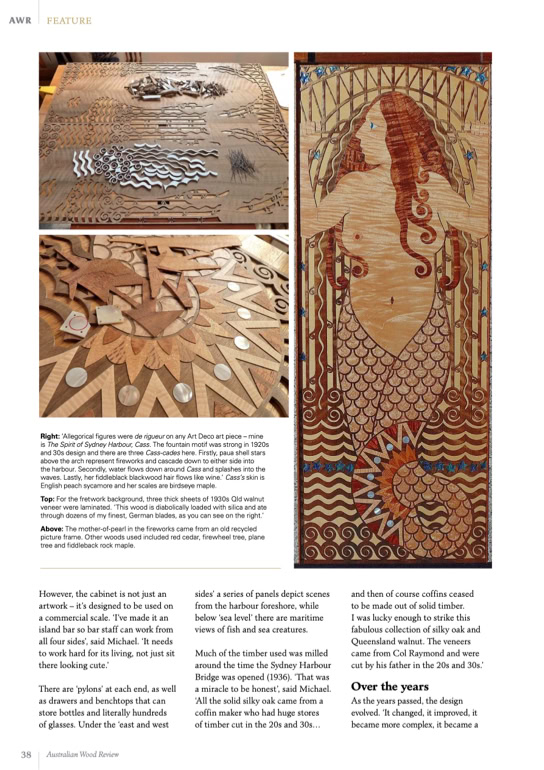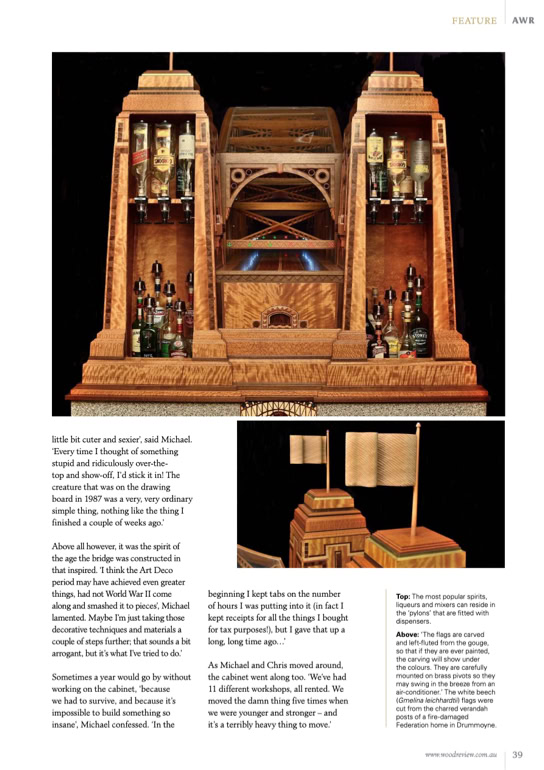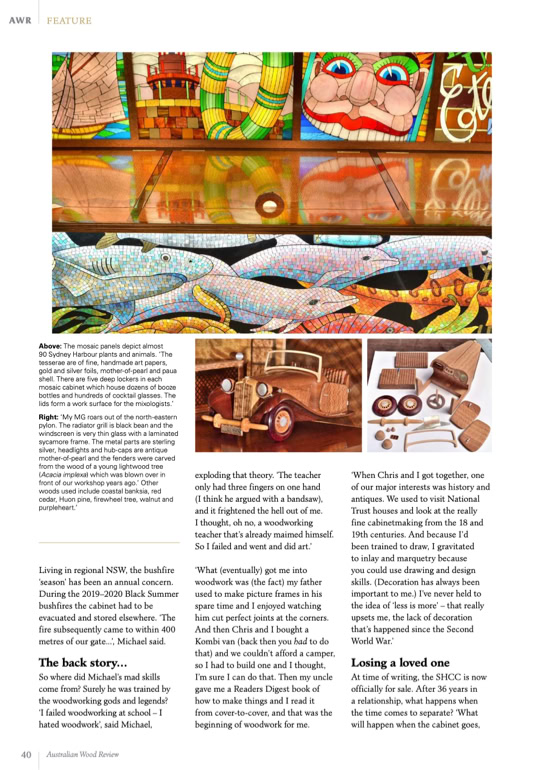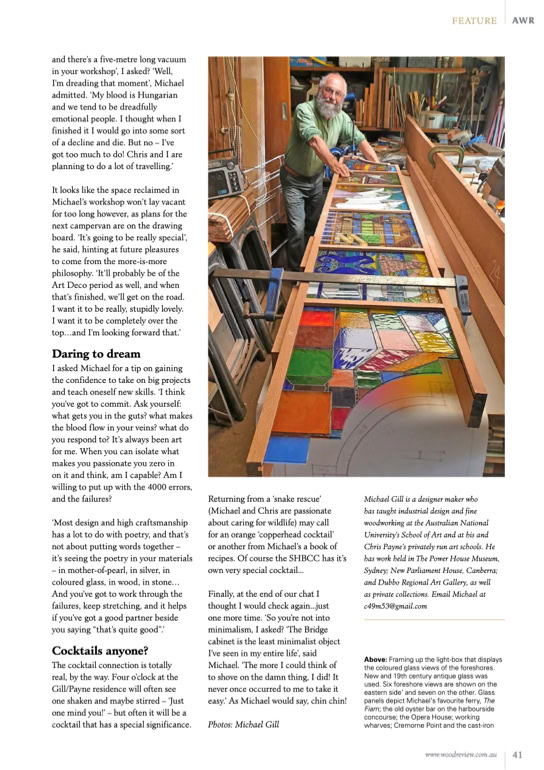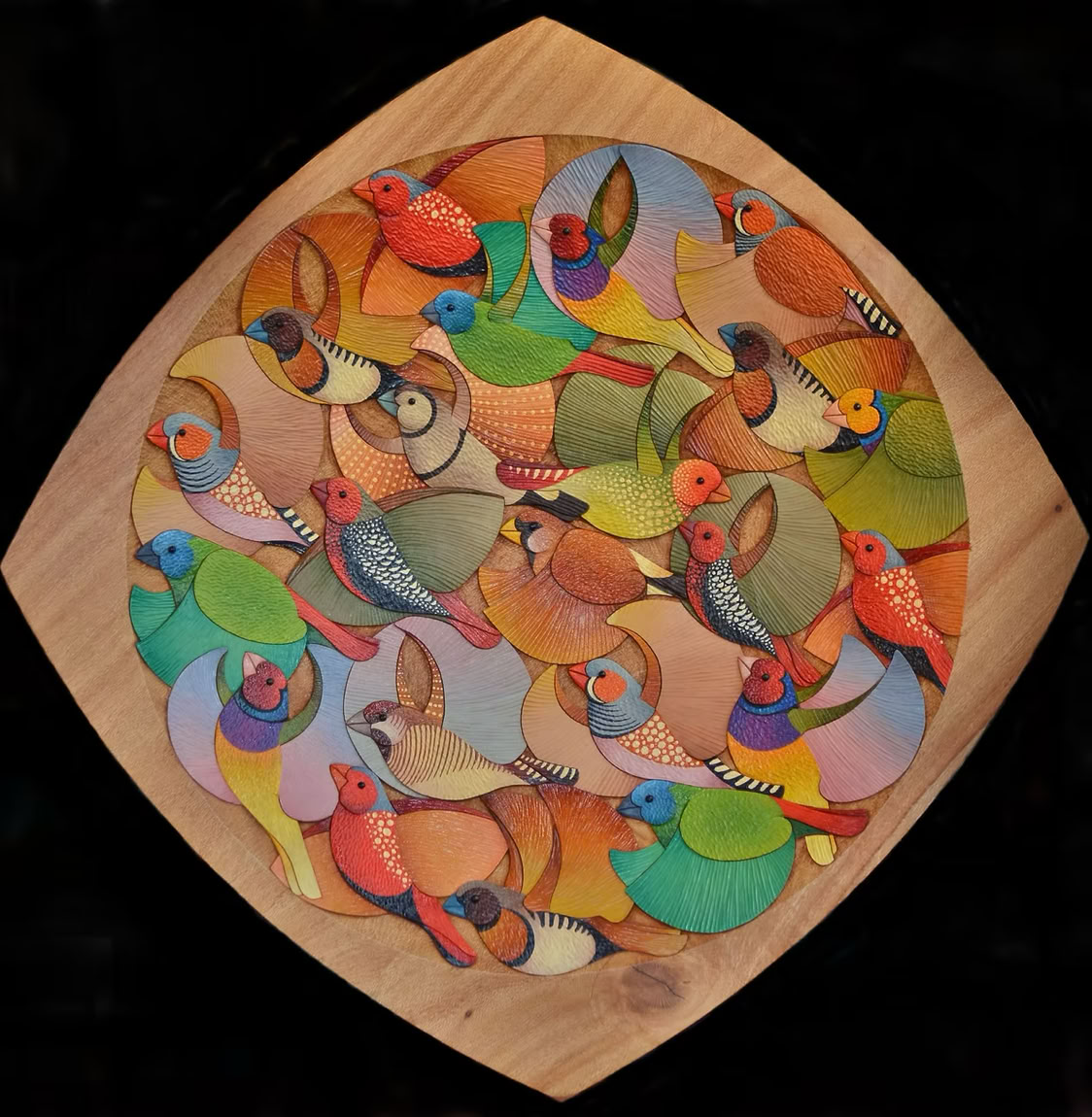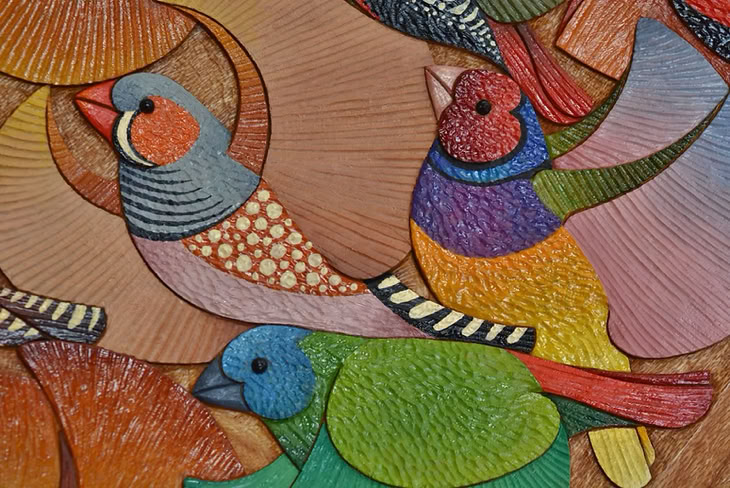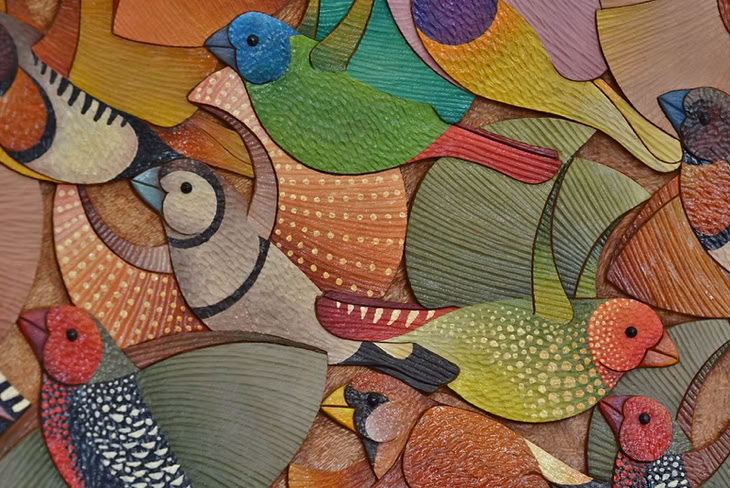Michael Gill Fine Art Furniture
His Art Deco Masterpiece
Sydney Harbour Cocktail Cabinet



FBi Radio Sydney OUT OF THE BOX Mia Hull talks in depth with Chris Payne & Michael Gill 2023
RADIO & TV
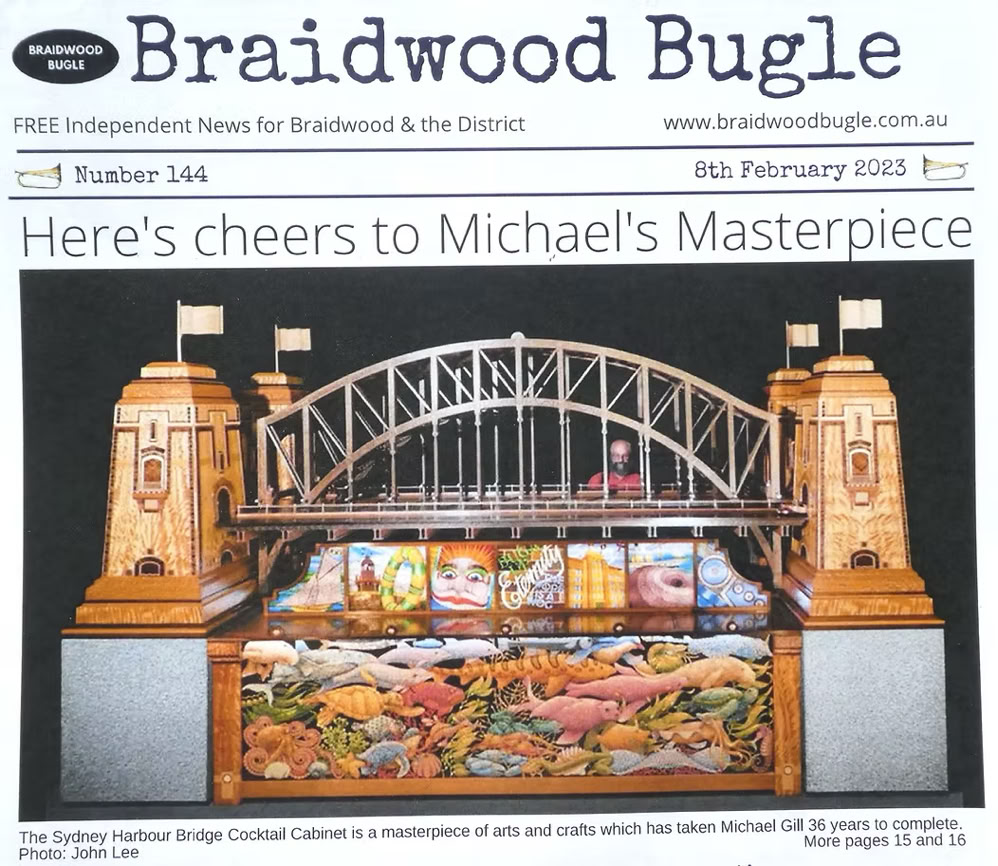
Australian Wood Review May 2023
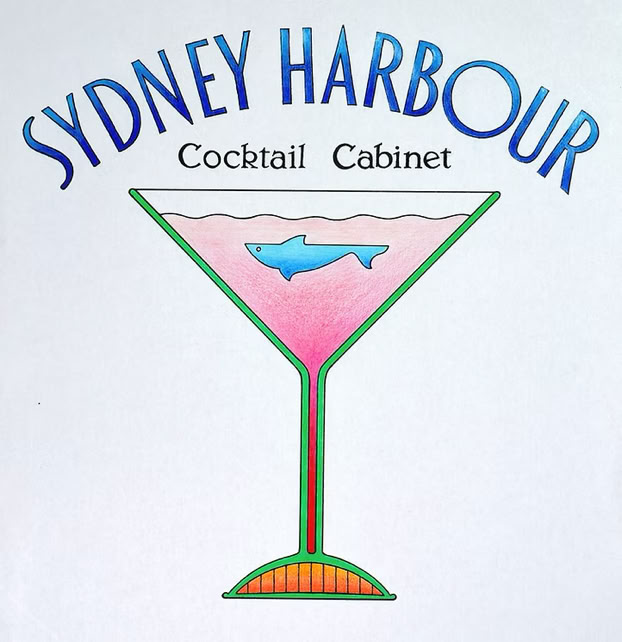
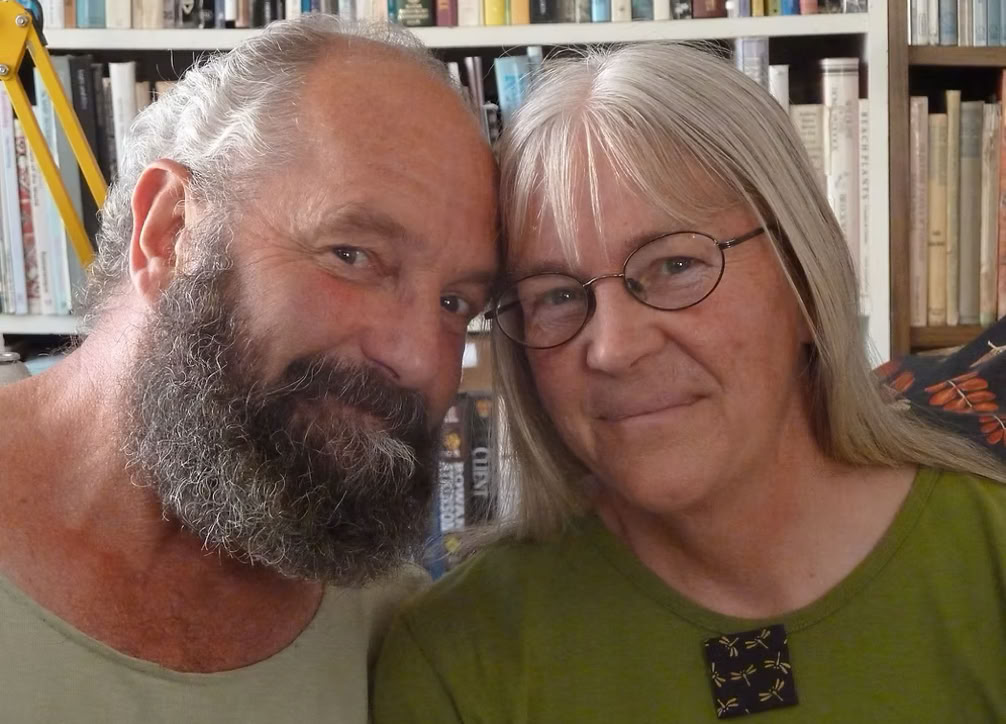
CONTACT US
telephone: 0459 261 066
email: c49m53@gmail.com
Media Release. December 2023.
Michael Gill, Designer/Maker/Lecturer (ANU)
The Great Australian Proposition: "Psst...Mate...Wanna buy the Harbour Bridge?"
"Well, yes", thought Michael, "I love that thing."
Michael, unlike many gullible American tourists since 1932, couldn't afford to buy Our Coathanger from a spiv in a Sydney pub. He wanted that Bridge desperately, so he decided to build it himself.
"As a kid in Mortlake, standing on our front porch, I could see that beautiful Bridge in profile on the horizon." He fell in love with it. "Years later, I was booked for speeding, driving my girlfriend over the Bridge in a Morris Minor - I'm very proud of that."
This year, now a maker of Fine Art Furniture, Michael finally launched his Sydney Harbour Cocktail Cabinet, his life's masterpiece.
It took him 36 years, in five separate workshops, using refined hand-skills and precious woods of the Art Deco period.
It takes the form of a huge, fully-functional cocktail cabinet - not only the gorgeous Bridge itself, but also featuring 13 views of Sydney Harbour's foreshore attractions, made by hand in vintage coloured glass, and beneath the surface, Sydney's underwater life done in mosaic.
It is not a brown lump, but a vibrant riot of colour and Art Deco design.
“Michael Gill is not a minimalist kind of guy – ‘More is More’ might be his mantra.” – Linda Nathan, in the Australian Wood Review
#119. She published a major feature exploring Michael’s “life’s masterpiece” – “Intricately constructed and ornate, it is a monument to Art Deco inspiration and his love of Sydney.” Linda dug deep and found this nugget:
“So where did Michael’s mad skills come from? Surely he was trained by the woodworking gods and legends?"
‘I failed woodworking at school – I hated woodwork’, said Michael. ‘The teacher had only three fingers on one hand – I think he argued with a bandsaw.’”
THE FINCHES PLATTER
The Australian Wood Review #121
Ancient Arts and Times
Michael Gill illustrates how fashions and
perceptions on the use of colour
have changed.
I have waited all my life to work up the courage to paint one of my woodcarvings. I was so lucky to be at Art School when the 1960s turned into the 1970s and I received fine, classical training from skilled teachers, in drawing, painting, colour and design.
At the very same time, the global Craft Revival was celebrating the intrinsic beauty of natural materials such as wood, clay, leather and fibre. It amounted to worship, really.
"RAW - GOOD...PROCESSED - BAD"
Elsewhere, the heroes of the Op Art, Pop Art and Advertising Art move-ments were spraying and screenprinting vivid colours over everything they could hold down.
PSYCHEDELIA HAD RAISED ITS GROGGY, HALLUCINATING HEAD.
We were expected to choose our poison - Fine Art, Design or Craft.
The world had been swamped, after all, with brilliantly coloured plastics and synthetics, dyed chemically in myriad, impossibly vibrant hues.
Over the decades, we began to take them for granted, to be embarrassed or annoyed by them, even to equate them with childishness.
THE SOPHISTICATES EMBRACED BLACKS, WHITES AND GREYS.
If you lived in Ancient Times, pure colours were experienced via flowers, fruits, birds, insects, rainbows, gemstones and shells.
Lapis Lazuli was ground into a fabulous blue pigment; purple was extracted from Nautilus shells. Apparently, Alizarin Crimson was NOT made from lizards, neither was Ultramarine Blue squeezed from Blue Whales. However, one or two poor beetles may have been martyred in the production of Cochineal Red...
Colour was special, expensive and revered. Never taken for granted.
For millennia, statues, sculptures, carvings, murals and furniture were painted until they quivered with life.
Glass, ceramic glazes, and mosaics glowed with pigments born in the furnaces, from gold, copper, silver, cobalt, cadmium and chromium.
This was a precious alchemy, a hard-won gift for the human spirit.
My humble offering is The Finches Platter, carved from a Sydney Silky Oak tree that died in my sister, Suzie's back yard. The surface is not sanded, but left straight from the gouge, and coloured using
traditional oil paints. 600mm point-to-point.
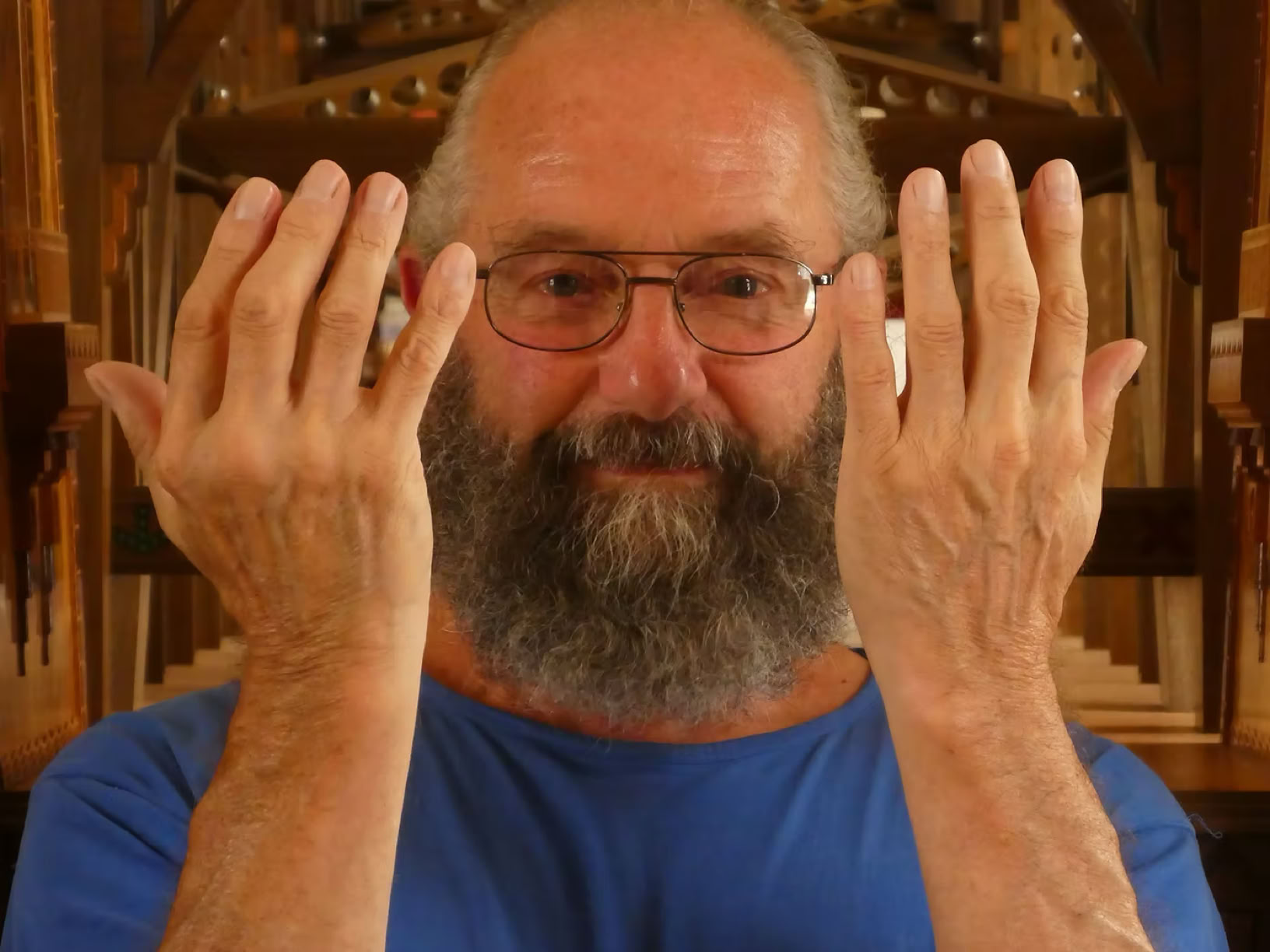
If these wrinkly old hands could speak,
they'd swear in Hungarian.
